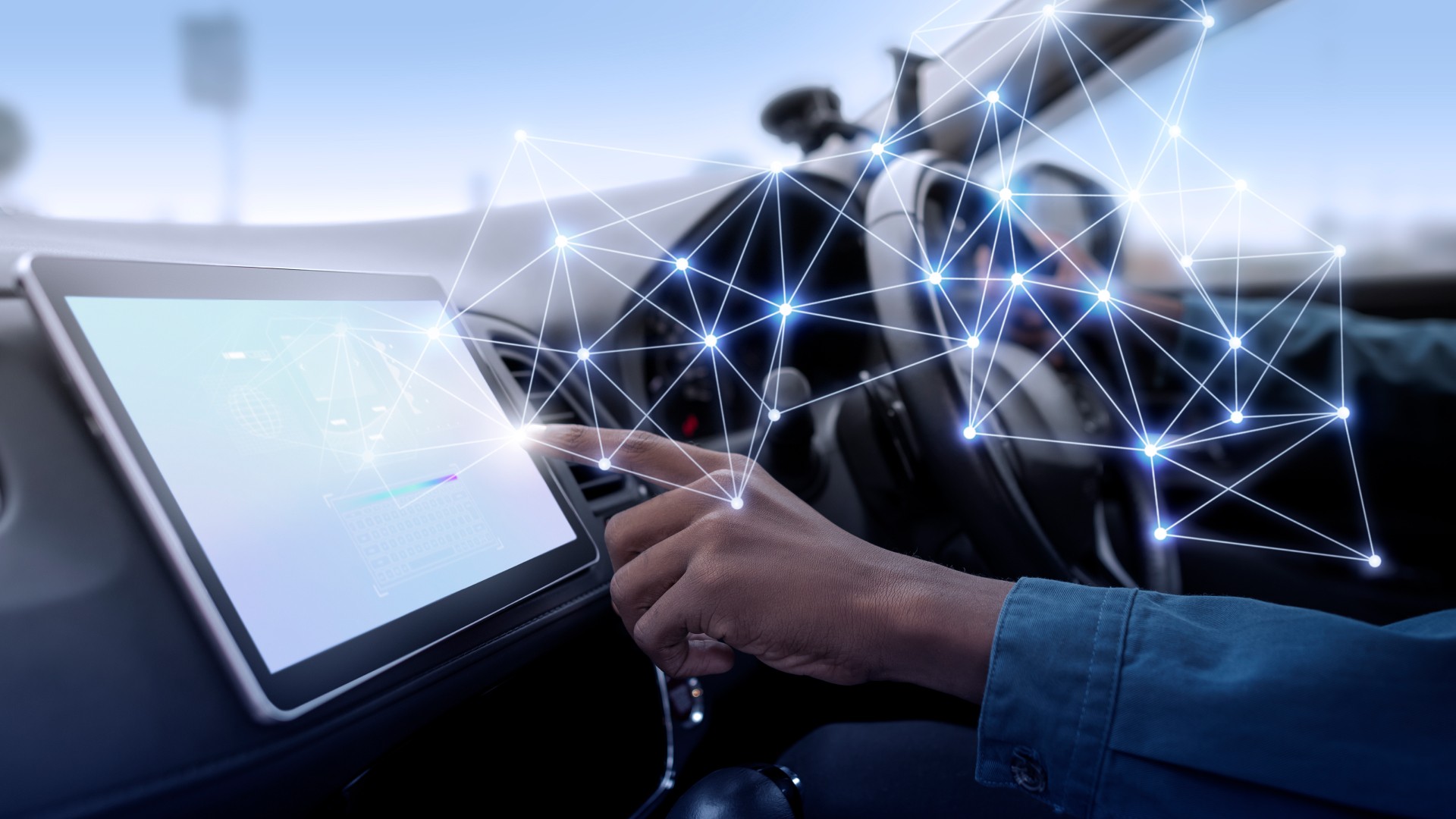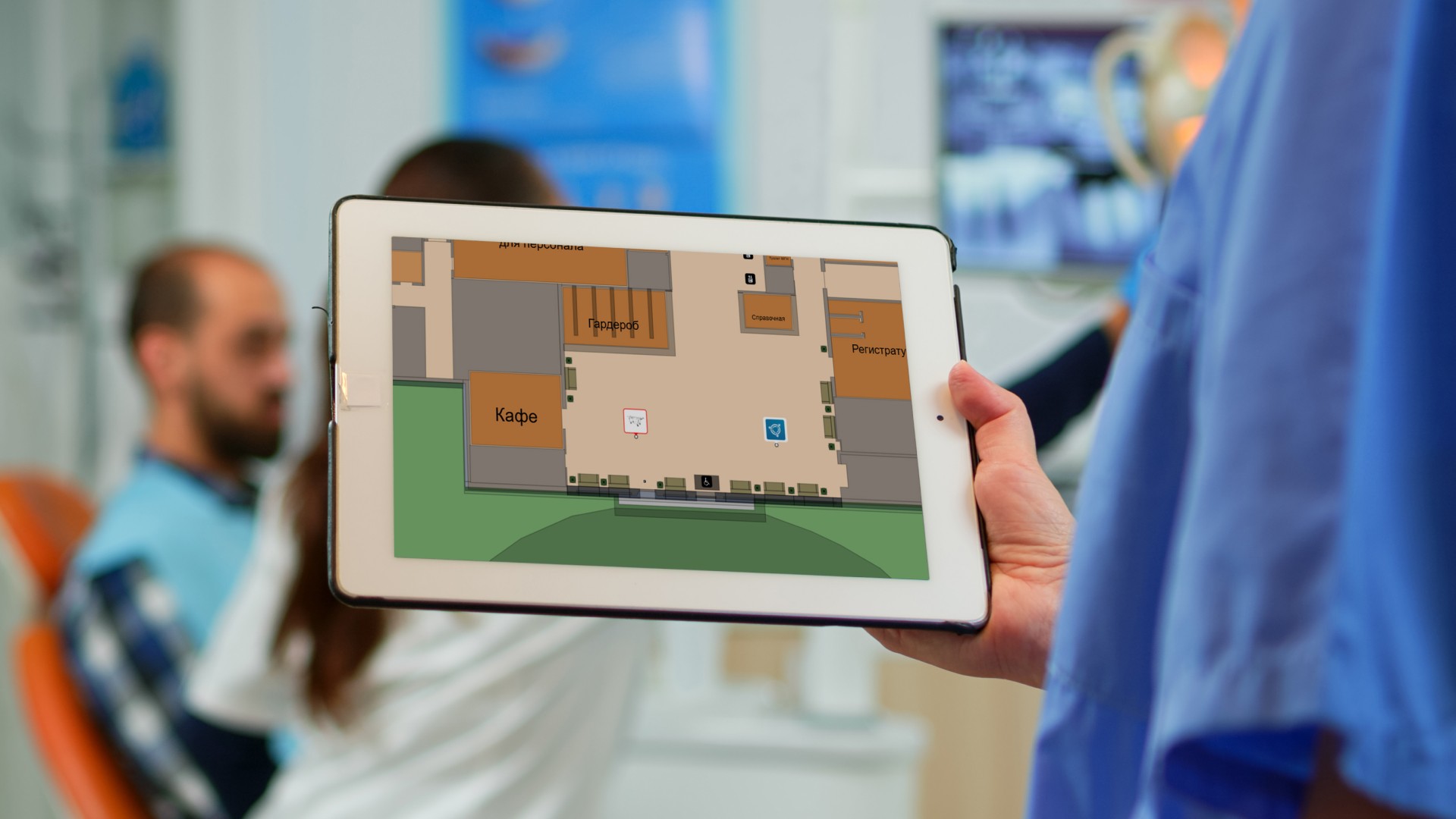In the labyrinths of modern cities, where concrete jungles absorb satellite signals and glass skyscrapers distort radio waves, a new era of spatial orientation is being born. Quantum navigation, this amazing synthesis of quantum physics and engineering genius, promises to turn our ideas about how we find our way in the most difficult conditions – especially where traditional technologies are powerlessly silenced: inside buildings, underground, in the depths of the ocean.
Imagine a device capable of sensing motion with an accuracy that surpasses all known analogues. In his heart beats the rhythm of atoms cooled to almost absolute zero, trapped in laser beams. Deprived of the usual heat fuss, these atoms become incredibly sensitive to the slightest changes in the surrounding space. When such a device moves, the quantum states of the atoms change in a special way, allowing the position to be calculated with an accuracy that seems fantastic.
This is not science fiction – in the laboratories of Imperial College London, prototypes of quantum accelerometers have already been created, whose measurement accuracy exceeds conventional sensors by thousands of times. Unlike our usual navigation systems, which depend on the vagaries of satellite communications, these devices operate on the principle of an autonomous inertial system, where each subsequent position calculation follows from the previous one with minimal error.
Why is GPS not enough?
Modern navigation technologies, including GPS and GLONASS, have fundamental limitations.:
- They do not work indoors, underground or underwater.
- Accuracy decreases in urban canyons (up to 5-10 meters)
- Depend on satellite infrastructure
Квантовая навигация обещает революцию в определении местоположения с точностью до сантиметров в любых условиях. Особенно это актуально для indoor-навигации - позиционирования внутри зданий, где традиционные системы бессильны.

How does quantum navigation work?
В основе лежат атомные часы и квантовые акселерометры, которые:
- Acceleration is measured using lasers that cool atoms to temperatures close to absolute zero.
- Changes in the quantum states of atoms are detected
- Allows you to calculate the position without external reference points
Пример: Квантовый акселерометр Imperial College London показывает точность в 1000 раз выше обычных MEMS-датчиков в смартфонах.
Unlike GPS, quantum systems:
- They do not require external signals
- Работают по принципу инерциальной навигации
- Накопление ошибки всего 1 км за 3 дня (против 1 км/час у классических систем)
How does quantum navigation work?
Quantum navigation finds a special poetry in the context of indoor navigation, the very "problem of the last meter" that has plagued developers for years. While conventional systems stumble against concrete walls and metal structures, quantum sensors, like thin tuning forks, continue to conduct their invisible symphony of positioning.
Solving the "last meter problem" in shopping malls and airports will allow you to find the right premises as quickly as possible.
The use of this technology to help visually impaired people, for whom independent navigation in complex spaces has always been a serious challenge, is especially touching.
В лондонском аэропорту Хитроу тестируют систему, сокращающую время поиска выхода на 37%.
Medical Applications.
- Navigation of surgical robots with an accuracy of 0.1 mm
- A search system for expensive medical equipment that works even in hospital basements.
- For patients with cognitive impairments, this technology can be a real salvation, allowing staff to instantly find those who get lost in the labyrinths of hospital corridors.

Current developments and prospects
Today, quantum navigation devices still resemble bulky laboratory installations, and their cost is comparable to the price of a luxury car. But the history of technology teaches us that the journey from the first bulky computers to modern smartphones can be surprisingly fast. Already, companies like ColdQuanta are working to reduce the size of quantum sensors, trying to fit revolutionary technologies into a case comparable in size to a shoe box.
Military applications
Experts predict that by 2030 we may see the first commercial samples that are compact enough and affordable for mass use. When this happens, navigation inside buildings will cease to be a headache for architects and developers, becoming an inconspicuous but flawlessly working service, as natural as electric lighting in our homes.
- Navigation of submarines without surfacing
- Positioning in the conditions of electronic warfare
- Work in areas of complete absence of signals

Hybrid solutions with shared use:
- Quantum sensors
- Bluetooth beacons
- Computer vision
- Computer vision
Architecture example:

Implementation issues
- High cost (from $50,000 per sensor)
- Large dimensions of the equipment
- The need for complex calibration
Quantum navigation opens up new horizons for indoor positioning, offering solutions where traditional technologies are powerless. Company Today, Indoors Navigation is already developing hybrid systems that combine quantum principles with proven methods.
Like many great technologies, quantum navigation is likely to become noticeable only when it completely disappears into our daily lives, becoming an invisible thread that gently leads us through the complexities of the modern world. And then, looking back, we may wonder how we could have done without this amazing synthesis of quantum physics and engineering.
Leave a request for: https://indoorsnavi.pro/
👇 Subscribe and keep up to date with innovations! 👇







One thought on “Квантовая навигация: будущее позиционирования и не только”
Квантовые акселерометры звучит нереально круто, интересно последить за этой технологией